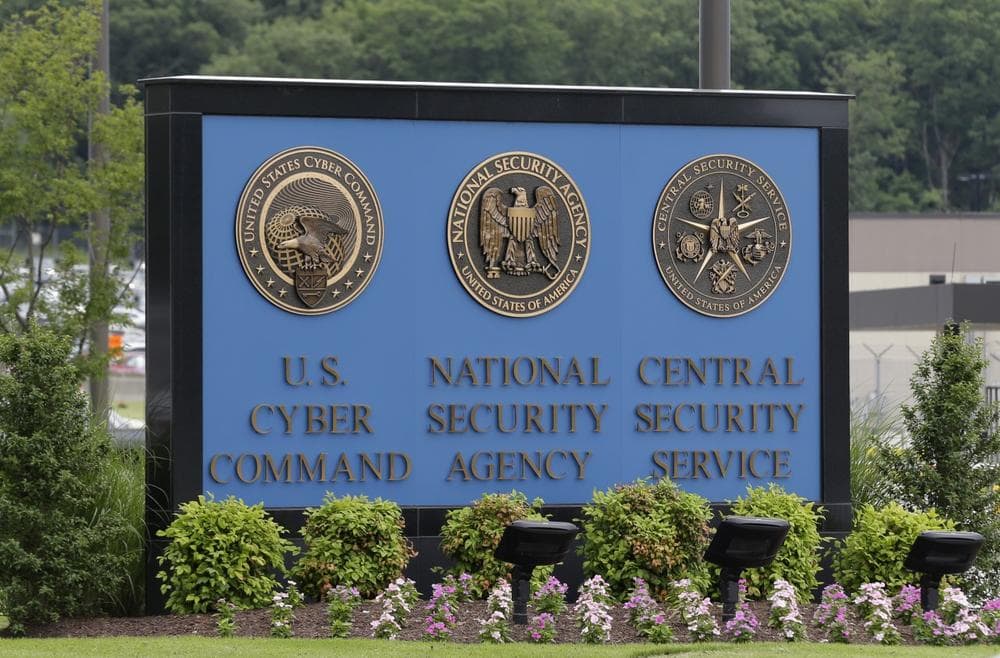Advertisement
N.S.A. Has Cracked Most Common Web Privacy Codes
Resume
The National Security Agency has "circumvented or cracked much of the encryption, or digital scrambling, that guards" both private information, including medical records and emails, as well as business communications, according to the New York Times.
The report is the latest from secret U.S. government documents that were leaked to the British newspaper, The Guardian, by former NSA contractor Edward Snowden.
The New York Times says the documents show that the government is "winning its long-running secret war on encryption, using supercomputers, technical trickery, court orders and behind-the-scenes persuasion to undermine the major tools protecting the privacy of everyday communications."
When the agency cannot decrypt a communication, the rules allow the NSA to store the message for as long as necessary to try to crack the code.
In addition, the NSA has also found ways, both covert and overt, to insert a "back door" access to data from companies and directly from computers.
The government sees code-breaking as an essential activity to protect the U.S.
Critics like cryptography researcher Matthew Green of Johns Hopkins told the New York Times, "the risk is that when you build a back door into systems, you're not the only one to exploit it."
The NSA lost a major public battle in the 1990s to insert a government back door into all encryption, "and they went ahead and did it anyway" leading cryptographer Paul Kocher told the New York Times, adding, "this is the golden age of spying."
- New York Times: N.S.A. Able to Foil Basic Safeguards of Privacy on Web
Guest
- Scott Shane, national security reporter for New York Times. He tweets @ScottShaneNYT.
This segment aired on September 6, 2013.